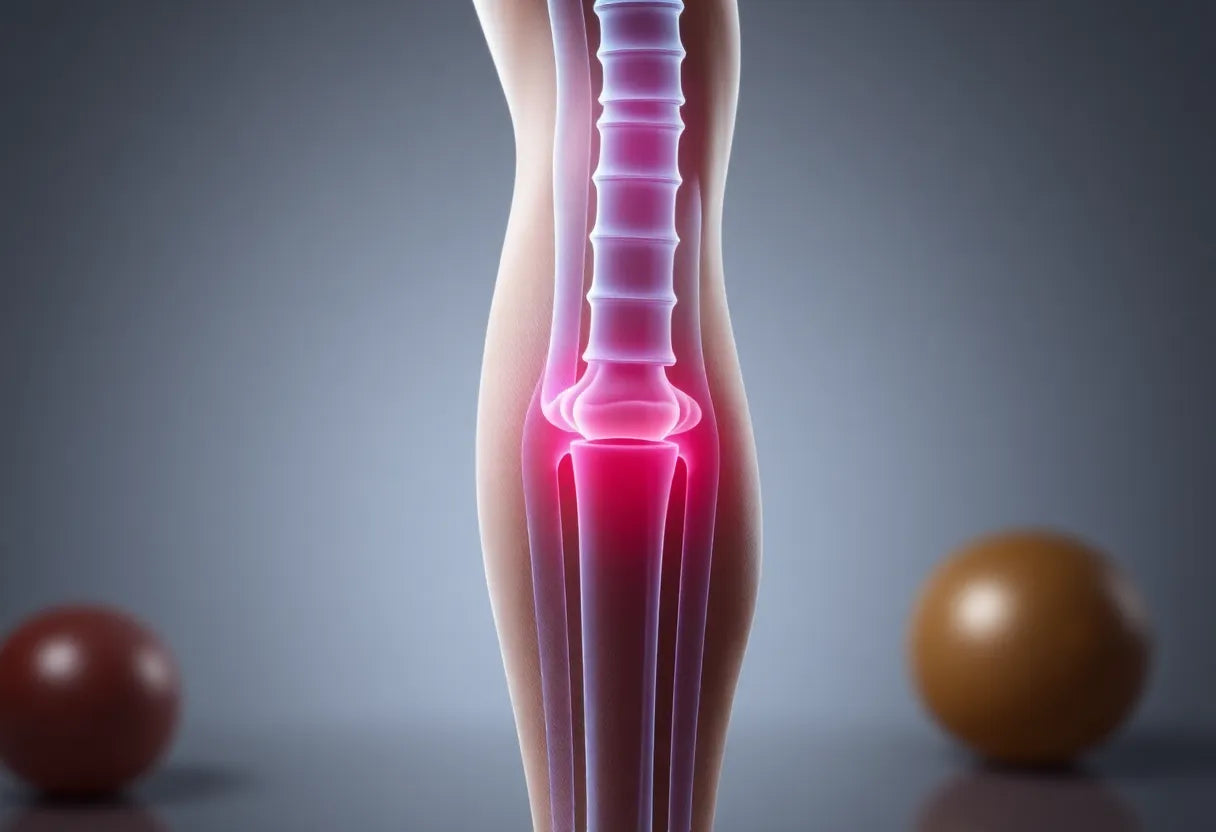Sciatica pain is a prevalent condition that affects millions of individuals worldwide, often manifesting as discomfort in the lower back and extending down the legs. This pain is typically caused by irritation of the sciatic nerve, the longest nerve in the human body. While sciatica can be debilitating, incorporating specific exercises into your daily routine can play a vital role in managing and alleviating this pain.
Exercise is not only beneficial for reducing discomfort but also for improving overall mobility and strength. By engaging in targeted exercises for sciatica pain, individuals can experience significant relief and an enhanced quality of life. This guide aims to serve as a comprehensive resource for those seeking natural and effective methods to combat sciatica pain through exercise.
Understanding sciatica
Sciatica is a condition characterized by pain that radiates along the path of the sciatic nerve, which branches from the lower back through the hips and buttocks and down each leg. It is often caused by a herniated disk, spinal stenosis, or muscle spasms that compress part of the nerve. Common symptoms of sciatica include sharp pain, tingling, numbness, or weakness in the lower back and legs. These symptoms can significantly impact daily activities, making simple tasks like walking or sitting uncomfortable.
Understanding the root causes of sciatica is essential for effective management. For instance, a herniated disk occurs when the soft center of a spinal disk pushes through a crack in the tougher exterior casing, potentially pressing on the sciatic nerve. Spinal stenosis, on the other hand, involves the narrowing of the spinal canal, which can also lead to nerve compression. Muscle spasms, particularly in the lower back or buttocks, might also contribute to sciatic nerve irritation.
Recognizing these causes and symptoms is the first step towards finding relief. By incorporating specific exercises into your routine, you can target the muscles and areas that contribute to sciatica pain, thereby reducing pressure on the nerve and alleviating symptoms.
This guide will provide you with a selection of exercises designed to address sciatica pain effectively. These exercises aim to stretch and strengthen the muscles around the sciatic nerve, offering a natural approach to pain relief. Whether you're dealing with mild discomfort or more severe symptoms, these exercises can be adapted to suit your needs and help you regain control over your mobility and comfort.
exercise guidelines for sciatica relief
Before diving into specific exercises for sciatica pain, it's crucial to understand some general guidelines that ensure safety and effectiveness. First and foremost, always begin with a warm-up to prepare your muscles and joints for the activity. A gentle five to ten-minute walk or light stretching can help increase blood flow and reduce the risk of injury.
Maintaining proper form during exercises is essential to avoid exacerbating pain or causing additional strain. Pay attention to your body’s signals and avoid pushing through pain, as this could lead to further irritation of the sciatic nerve. Consistency is key for achieving long-term relief and improvement, so aim to incorporate these exercises into your routine regularly.
effective exercises for sciatica pain
knee-to-chest stretch
This stretch is designed to loosen the gluteal and piriformis muscles, which can help reduce pressure on the sciatic nerve. By gently stretching these muscles, you can alleviate tension and improve flexibility.
- Lie on your back with your knees bent and feet flat on the floor.
- Gently pull one knee towards your chest, keeping the other foot flat on the ground.
- Hold the stretch for 20-30 seconds, then switch legs.
- Repeat 2-3 times per leg to maximize the benefits.
standing hamstring stretch
The standing hamstring stretch targets tension in the hamstrings and lower back, which can improve mobility along the sciatic nerve. This stretch is particularly beneficial for those who experience tightness in the back of the legs.
- Stand with your feet hip-width apart.
- Extend one leg forward, placing the heel on the ground with toes pointing upwards.
- Bend your opposite knee slightly and lean forward, keeping your back straight.
- Hold the position for 20-30 seconds, then switch legs.
- Repeat 2-3 times per leg to ensure both sides are evenly stretched.
pelvic tilts
Pelvic tilts are an excellent exercise for relieving pressure on the sciatic nerve by gently tilting the pelvis. This movement helps to engage the core muscles and support the lower back.
- Lie on your back with knees bent and feet flat on the floor.
- Tighten your abdominal muscles and press your lower back against the floor by tilting your pelvis upwards.
- Hold the position for a few seconds, then release.
- Repeat the exercise 10-15 times to strengthen the core and relieve tension.
glute bridge
The glute bridge exercise focuses on strengthening the gluteal muscles, which can help reduce pressure on the sciatic nerve. By building strength in this area, you can improve stability and support for your lower back.
- Lie on your back with knees bent and feet flat on the floor.
- Lift your hips towards the ceiling, squeezing your glutes at the top of the movement.
- Hold the position for a few seconds before slowly lowering back down.
- Repeat 10-15 times to enhance muscle strength and endurance.
Incorporating these exercises into your daily routine can make a significant difference in managing sciatica pain. By focusing on stretching and strengthening the muscles around the sciatic nerve, you can alleviate symptoms and improve overall function. Remember, consistency is key, and it's important to listen to your body, adjusting the intensity and frequency of exercises as needed.
For those looking to further support their exercise regimen, consider integrating low-impact activities such as swimming or walking. These activities complement the exercises mentioned above and can provide additional relief by enhancing cardiovascular health and flexibility. With dedication and the right approach, you can effectively manage sciatica pain and enjoy a more active, comfortable lifestyle.
additional tips for sciatica relief
In addition to the exercises outlined in the previous sections, incorporating certain lifestyle changes can further alleviate sciatica pain. Engaging in low-impact activities such as swimming or walking on a treadmill can serve as excellent complementary exercises. These activities not only promote cardiovascular health but also enhance flexibility without placing undue stress on the sciatic nerve.
Another consideration is the use of ergonomic aids, which can significantly support posture and reduce strain during exercises. For instance, using a supportive chair or cushion can help maintain proper alignment of the spine, thereby minimizing pressure on the sciatic nerve. Products like those offered by Anodyne can provide the necessary support to ensure exercises are performed safely and effectively, enhancing overall comfort and reducing the risk of injury.

Lumbar support belt
Supports and stabilizes the lower back, ideal for sciatica or herniated discs.

Women's Posture Shirt™ - Black
Patented shirt that activates muscles and improves posture for pain relief.
lifestyle considerations for managing sciatica
Beyond exercise, adopting specific lifestyle habits can play a crucial role in managing sciatica symptoms. Maintaining a healthy weight is essential, as excess weight can increase pressure on the lower back and exacerbate sciatic nerve irritation. Incorporating a balanced diet and regular physical activity can aid in weight management, contributing to overall well-being.
Practicing good posture is equally important. Whether sitting at a desk or standing for extended periods, ensure your back is straight, shoulders are relaxed, and feet are flat on the ground. Avoiding prolonged sitting can also help prevent stiffness and discomfort associated with sciatica. If your job requires long hours at a desk, take regular breaks to stand, stretch, and move around to promote circulation and relieve tension.
frequently asked questions
how often should I perform these exercises?
Aim to perform these exercises at least 3-4 times per week. However, it's crucial to listen to your body and adjust the frequency based on your comfort level and the severity of your symptoms.
can these exercises completely cure sciatica?
While these exercises can significantly reduce pain and improve function, they may not completely cure sciatica. It's important to consult a healthcare provider for a comprehensive treatment plan tailored to your specific condition.
are there exercises I should avoid with sciatica?
Avoid high-impact activities and exercises that cause pain. Focus on low-impact, gentle stretches and strengthening exercises that do not exacerbate your symptoms.
when should I see a doctor for sciatica pain?
If pain persists despite home treatment, or if you experience severe symptoms such as loss of bladder control or severe leg weakness, it's important to seek medical attention promptly.
By integrating these exercises and lifestyle considerations into your daily routine, you can effectively manage sciatica pain and enhance your quality of life. Remember, consistency and attentiveness to your body's signals are key to achieving long-term relief and mobility.
Källor
- "Understanding Sciatica: A Comprehensive Review." Journal of Pain Research.
- "Sciatica Stretches: Exercises for Pain Relief." Hospital for Special Surgery.
- "Exercise Therapy for Sciatica Pain: An Evidence-Based Approach." Physical Therapy Journal.
- "Sciatica: Gentle Stretches to Help Relieve Pain and Improve Mobility." Harvard Health Publishing.
- "Sciatica Exercises: What Does the NHS Recommend?" HSSH Health Blog.
- "Sciatica: Diagnosis & Treatment." Mayo Clinic.
- "Sciatica Exercises." Orthopaedic Associates of Hartford.
- "Sciatica Self-Care: How to Ease Leg and Back Pain at Home." Mount Nittany Health.
- "The Role of Exercise in Managing Sciatica: A Review." Wiley Online Library.


















